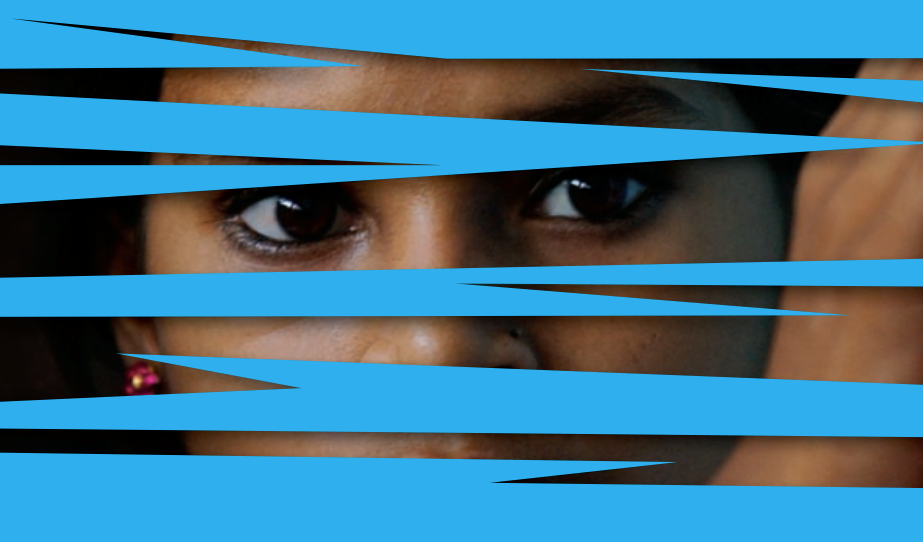
Manual for Social Workers: Dealing with Child Victims of Trafficking and Commercial Sexual Exploitation
Several organizations around the country are working with a range of issues pertaining to child rights. Protection of children from exploitation [Article 36 of the Convention on the Rights of the Child (CRC)] and physical and psychological recovery and social reintegration of child victims of exploitation (Article 39 of the CRC) clearly state the responsibility of the State for child victims of trafficking and sexual exploitation. In India, the State, following various laws such as Juvenile Justice (Care and Protection) Act of 2000 (JJA), Immoral Traffic (Prevention) Act of 1956 (ITPA) and the like, is providing support, care, and protection to these children in various State Homes across the country. In recent times, a lot of Non-Governmental Organizations (NGOs) have also started working with child victims of trafficking and commercial sexual exploitation. The State and NGO-run institutions are running various protective and social reintegration programmes for such children.
Working with child victims of trafficking and commercial sexual exploitation, understandably, requires more sensitivity about the needs and the problems of these children, their background prior to trafficking, and their situations in the exploitative environs of a brothel. The practitioners working with these children have to keep in mind the absence of societal understanding and the stigma; specific behavioural elements such as overt sexual behaviours, aggression, mood disorders and limited vision for future that these children have because of the exploitation and other experiences of their lives. The legal aspects involved also need to be kept in mind while working with the children so as to protect them from criminal and anti-social elements and also for the prosecution of traffickers and exploiters.
It is possible that at the outset, child victims may not understand and appreciate the objectives of their rescue and transfer to the rehabilitation facility. Consequently, these children may make it difficult for the staff working in the institutions to care for them. The children may perceive their lives being controlled by the staff, their movements and behaviour being watched, and their contacts with the outside world being curtailed and monitored. Additionally they could feel that promises of speedy repatriation to their families and native places have not been kept. This would add to their frustration. Another cause for mounting anxiety and frustration is the absence of a substantial plan for a viable economic alternative. The children may question the very justification of being removed from the exploitative situation, if they cannot see any significant substitute for economic self-sufficiency.
In the light of this background of the children in rehabilitation facilities, the staff members have to constantly work at providing care and support to the children, and also have to inspire faith in the rehabilitation programme and inspire participation. The staff members have to deal with the children on a day-to-day basis, where some of the staff members are with the children practically round the clock. They also have to deal with financial constraints, lack of physical space and overcrowding, lack of trained and qualified staff, persistent complaints from the residents about the facility, and the children’s unhappiness over the same problems, not to mention, their own personal problems.
This manual looks at both sides of the problem, the staff and the child victims, and provides strategies and ideas that can be used by the staff to help them perform their roles better within the institution while keeping the child victim at the centre of a rehabilitation process. This manual also suggests creative and optimal usage of resources to address common problems faced by staff in institutions for child victims.
To read the full report click here.
